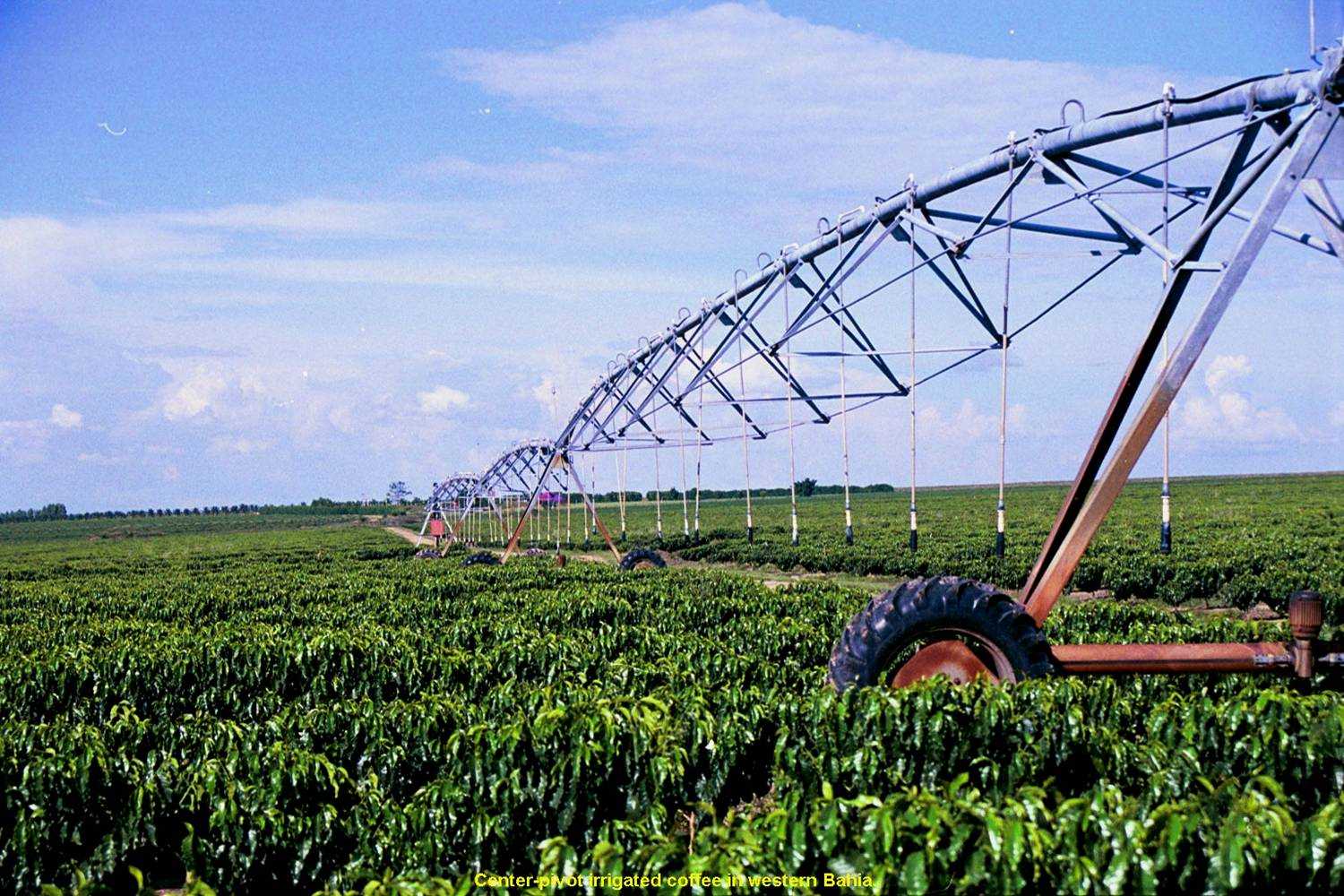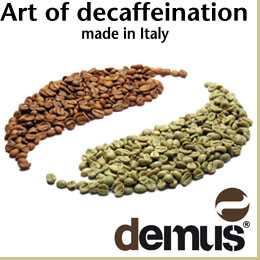SÃO PAULO, Brazil — The trading pace for arabica coffee was slow in the Brazilian market in the first fortnight of November, reflecting the sharp price oscillations in the international market, which kept most purchasers and sellers away from trades. Besides, the national holidays on November 2 and 15 (All Souls’ Day and Republic Proclamation Day) influenced liquidity in the domestic market.
As for quotes, on November 14, the CEPEA/ESALQ Index for arabica coffee type 6 (delivered in São Paulo) closed at 444.24 BRL (117.28 USD) per bag 60-kilo bag, 0.8% up compared to that on October 31.
In the market of robusta coffee, liquidity was low too – international price drops drove sellers away from the spot. Besides, the coffee crop from Vietnam also influenced international quotes – growers from the Asian country should start harvesting the 2018/19 season this month, and activities may step up in the second fortnight, which may press down international quotes.
In Brazil, the CEPEA/ESALQ Index for the robusta type 6, screen 13, Espírito Santo State, closed at 333.12 BRL (87.94 USD) per 60-kilo bag on Nov. 14, 0.7% up in the same comparison.
Field
Sparse rains in the first half of November favored the development of the 2019/20 crops of arabica and robusta coffee. Regarding arabica, crops in most of the regions surveyed by Cepea already have fruitlets. In general, agents expect a large crop next year, but the output may be smaller than that from the current season (2018/19), due to the negative biennial cycle in most coffee crops.
As for robusta, the agents consulted by Cepea – from both Espírito Santo and Rondônia – have reported a satisfactory fruitlet settlement. If the weather remains favorable, these collaborators expect a large output in the 2019/20 season, similar or even larger than that from 2018/19.
Exports
The Brazilian coffee exports have reached a new record this season (2018/19). According to data from Cecafé (Coffee Exporters Council), in October, shipments (including green, roast, ground, and soluble coffee) totaled 3.7 million bags, 20% more than in September and 29% more than in October last year. The amount exported last month was the largest in all Cecafé series, which started in 1990.
This season (July to October/18), Brazil has exported 12.8 million bags of coffee, 30.9% more than in the same period last season. Considering only green beans (arabica and robusta), the volume shipped increased 33.6% in the same comparison, totaling 11.5 million bags.
The agents consulted by Cepea believe that, this season, exports should be higher than in 2017/18, based on the record Brazilian output and, consequently, the lower price levels in 2018/19, which lead importers to increase purchases.
Robusta exports have recovered this season, totaling 1.5 million bags from July to October, much higher than the 93.5 thousand tons shipped in the same period of 2017/18. As the crop from Vietnam has only started this month, the recovery of the Brazilian production and the more competitive prices in the international market have increased exporters’ demand for the national coffee.
The international demand for the Brazilian arabica coffee has also increased. Between July and October/18, Brazil exported 9.9 million bags of arabica, 17% more than in the same period of 2017, according to Cecafé.
Field
On November 9, the USDA released a report revising up the Brazilian output in the 2018/19 crop by 5% compared to that previously reported, to 63.4 million bags – 46.9 million bags for arabica and 16.5 million bags for robusta. Many of the agents consulted by Cepea believe the estimates from the USDA are within reality. However, some collaborators still believe figures will be lower, similar to Conab’s forecasts (Sept/18), at 59.9 million bags.
Regarding the 2019/20 crop, although no official estimates have been released, the USDA indicates that, besides the negative biennial cycle of the Brazilian arabica crops, production may be constrained by the lower investments in coffee crops this year, due to the lower price levels and higher production costs, mainly for inputs. For Cepea collaborators, however, it is still too early to forecast the amount to be produced next season.




















